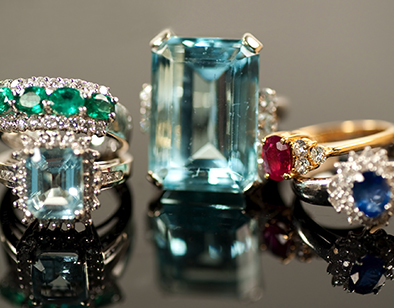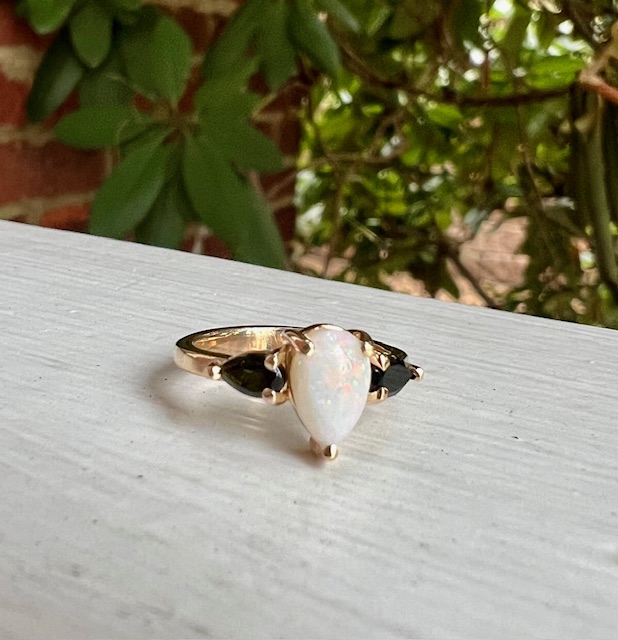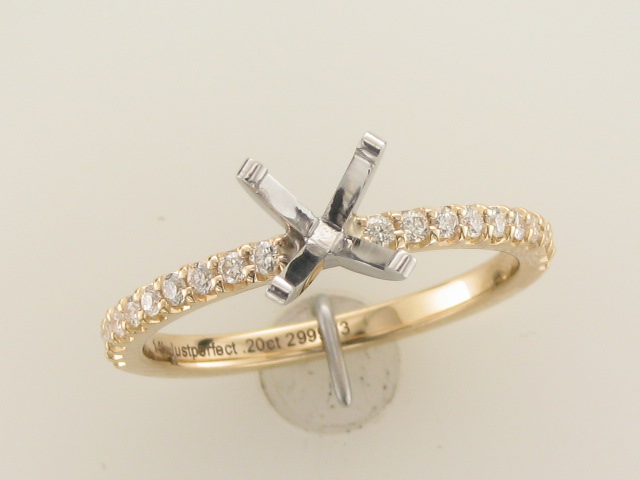I have been in the jewelry business my entire life. I became a Graduate Gemologist(GIA) in 1988. Sometimes I forget that people outside of the industry really don’t know much about our industry. They see jewelry in different stores and on the internet, but they don’t really know what it is to be a jeweler. There are not as many jewelers now as when I started in 1980 as a percentage of the population. We have lost a lot of old school gemologists, bench jewelers, and casters. There are still a lot of stores, just not a lot of actual jewelers working in the stores.
Those of us that are still in the industry still need to keep learning and continue our education. There are may new developments in the gem world that requires even a seasoned gemologist to continue their education. This article is about rubies, sapphires, and emeralds. We call these the big three in the colored gemstone world. They have been prized and valued for thousands of years, and they continue to be high value gems. However, over the years, we have seen an increase in the number of enhancements and treatments which are being done to make these gems more desirable.
I attended a lab workshop given by Gemworld International on May 22-23. The class was conducted by a very talented gemologist named Dr. Cigdem Lule. It was hosted by Martin Fuller, owner of Martin Fuller Appaisals, LLC in McLean, Virginia. Both are extremely talented gemologists, and Martin has an awesome appraisal business in the Washington DC area. He is by appointment only. So if you live in that area and need appraisal work, give Martin a call. He became a Graduate Gemologist(GIA) in 1986, so he qualified as the oldest of the old school at the class. Apparently I was the second oldest in terms of being a practicing gemologist.
Up until the early part of the 20th century the big three were not found in a large enough quantity and in a high enough quality to become available to the average person. The first breakthrough came with heat treatment. This process is for rubies and sapphires, not emeralds. Heat treatment can be high heat or low heat. Depending upon where the gems came from and their geological origin will depend upon how well they respond to low heat versus high heat. Again, heat treatment has been done for several decades and most rubies and sapphires sold today have undergone some form of heat treatment.
In the last few years, we are seeing new treatments and composite stones. We are seeing glass composite sapphires and rubies, oiled sapphires and rubies, as well as diffusion treated sapphires. All of these are posing new challenges for gemologists and appraisers to identify, as they all affect the value of the gemstone to different degrees. At the class I was able to inspect under the microscope 150 sapphires and rubies which have undergone different treatments.
Concerning emeralds, they have and continue to be oiled. If an inclusion reaches the surface, it has a very high chance of being oiled. This has been done for a very long time and as a rule of thumb most emeralds are oiled to some degree. One of the tidbits that I picked up in class is that some gem dealers will submit an emerald to a lab before oiling so that the report will say no oiling present. Then they will oil the stone once it gets back from the lab with the report. We saw 50 different emeralds with different types of oiling as well as some synthetic stones.
There was more to the class than I can write in one article, but needless to say it was a great 2 days of education which boosted my knowledge of the latest trends for the big three gemstones. After 2 days of slides, lectures, and 200 gemstones viewed, there is still a lot more to continue learning and researching. Dr. Lule, as well as many other research gemologists around the world, will continue to study the world’s gems and keep us up to date on those findings. This is what I feel that a lot of people don’t understand outside of our industry. They think that a ruby is a ruby and a sapphire is a sapphire without thinking about all of the factors that make one ruby worth $20.00 and another one of the same size worth $5,000.00. A lot of time and reseach go into being able to sort out a $5.00 glass composite ruby from a $1,000 high heat treated ruby.
The class was a great learning and networking experience. Dr. Lule was incredibly up to date on what is going in the gemstone world. My thanks to Dr. Lule for conducting a great class and to Martin Fuller for being such a wonderful host. Martin supplied all of us with his microscopes for the class as well as his monitors for the slide shows and lectures.
The picture shows me sitting next to a gemologist and appraiser from Lancaster, PA. Her name is Katy, and she owns Independent Jewelry Appraisers. If you live near that area, I highly recommend Katy Clites for any of your appraisal needs.
View Rubies, Sapphires & Emeralds Gallery
-
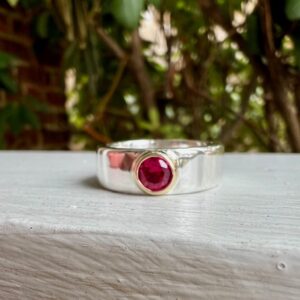
Custom Designed Two Tone Wide Band with Round Ruby Gemstone
Custom Designed Two Tone Wide Band with Round Ruby Gemstone
Custom Designed Two Tone Wide Band with Round Ruby Gemstone
Quick View -
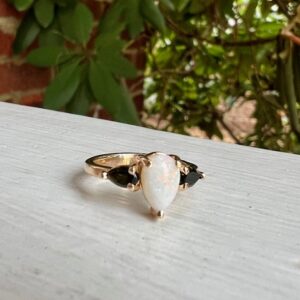
Custom Designed Opal and Green Tourmaline Ring
Quick View -

Custom Designed Purple Sapphire and Diamond Ring
Quick View

